Research Update
Today we collected samples around McMurdo Station. It was warm and sunny, so being outside and collecting sediment samples was a pleasure. In the morning our team sampled an area near Arrival Heights, where we had a great view of McMurdo Station below. After lunch we collected more samples in and around McMurdo Station and we even collected samples at the helicopter pad after dinner. Today was a little sad though, because unless my plane gets delayed tomorrow, I will leave my research team and head back home.
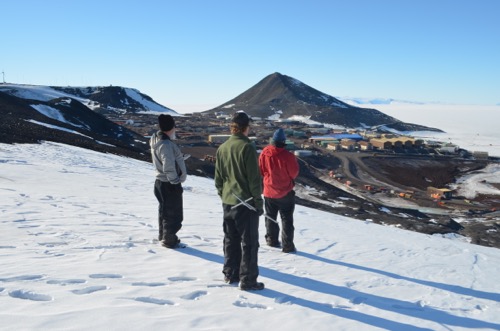
The Art of SamplingSampling refers to the process of selecting units or portions of a larger group that will be studied in order to answer questions about the larger group. The units can be people, water samples, ice cores, or any other appropriate object. Participants will explore the meaning of sampling and how it impacts experimental design and explore factors that define and limit sampling in the variety of projects visited during the expedition. They will consider how results from the chosen samples are used to describe the bigger target of a project's study.
When we collect sediment samples, the locations are chosen for an intensive sampling location or at random. Intensive sampling locations are chosen based on areas where there have been high human impacts. Within these locations, the specific sampling sites are randomly generated by a computer. Random samples are selected by placing a hexagonal grid over a map of McMurdo Station. A computer software program then randomly selects 70 of those hexagons for us to collect samples in.
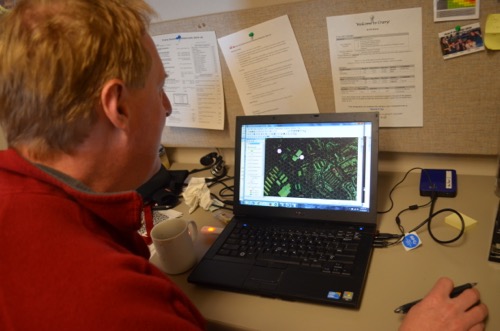
This morning we collected 17 random samples around McMurdo Station and 20 random samples in the afternoon. We also collected samples in three intensive areas: the vehicle maintenance area, the old re-fueling station and the helicopter pad. We collect 16 samples at each intensive area, so we ended up with lots of jars of dirt!
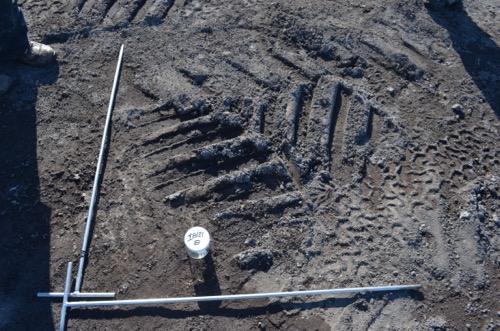
Critical Thinking
What human impacts might we find in the sediment samples at the intensive sites (vehicle maintenance area and old re-fueling station)? What types of pollutants would you expect to find in our samples?
Math Connection
How many total samples did we collect today?
One Last Team Photo
Today's sampling collection was bittersweet for me. It is likely that I will be flying to New Zealand tomorrow, and then back home. This will be my last full day out with the team! We took one last team photo by the McMurdo Station sign before collecting samples in the afternoon.
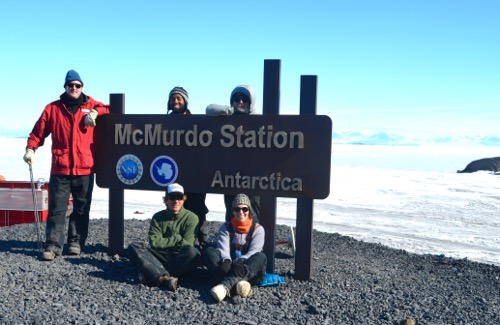
Carl, a GPSA Global Positioning System (GPS) is a satellite-based navigation system used to track the location or position of objects on the Earth’s surface. Pro!
Today was a big sampling day for all of us, but Carl had an especially busy day. Carl wore the GPSA Global Positioning System (GPS) is a satellite-based navigation system used to track the location or position of objects on the Earth’s surface. backpack all day and led the way to all the sampling sites. The GPSA Global Positioning System (GPS) is a satellite-based navigation system used to track the location or position of objects on the Earth’s surface. backpack communicates with satellites to direct us to the exact latitude and longitude of sampling locations. Often times Carl would have to scramble up or down steep hills to find the right location. Although our team would follow Carl to photograph the sampling site, measure soil depth and slope, and collect the sediment sample, we were able to wait until he found the best route to the site. Luckily, Carl is an expert at using the GPSA Global Positioning System (GPS) is a satellite-based navigation system used to track the location or position of objects on the Earth’s surface., as well as a good hiker!
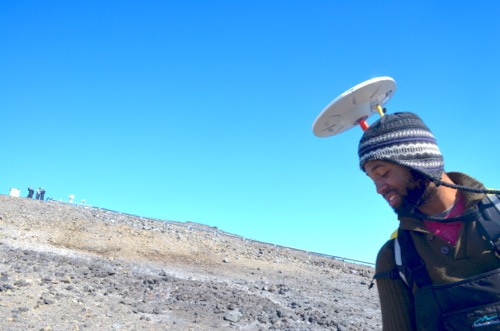
Packing up Soil
After a big day of sediment sampling, we packed up the jars so they are ready to be shipped back to Texas where they will be analyzed for contamination. The jars are packed in bubble wrap to keep them from breaking. They are also kept frozen to prevent contamination from chemically breaking down before being analyzed.
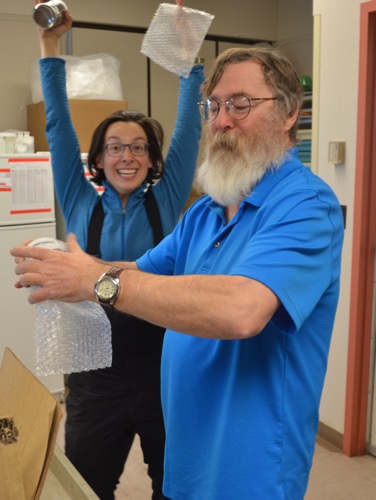
Life in Antarctica
While collecting samples today, I came across more art and humor from around McMurdo Station to share.
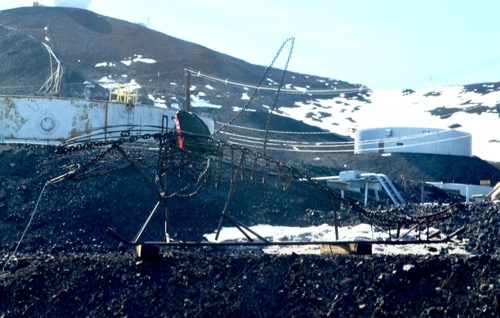
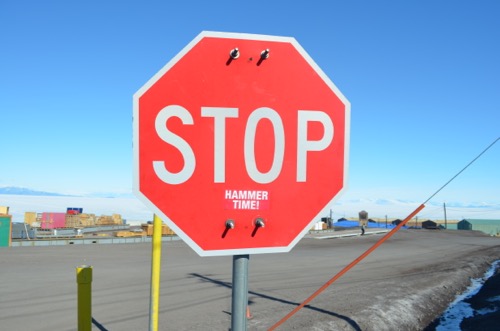
Ice Picture of the Day
Today's Ice POD comes from a great view we had of Mt. Erebus! Learn more about Ross Island's active volcano here. To download a PowerPoint slide of today's Ice POD, click here: 23_icepod.pptx
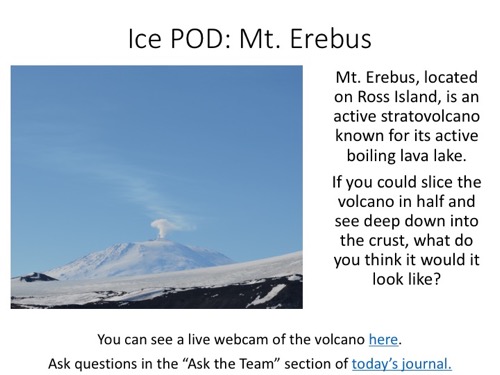
Brought to you by...
Today's journal is brought to you by a student from Corl Street Elementary School in State College, PA.
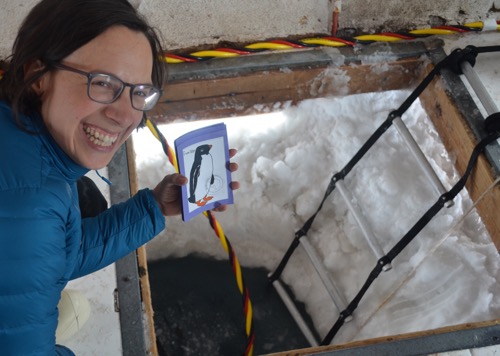
| Attachment | Size |
|---|---|
| 23_icepod.pptx159.25 KB | 159.25 KB |

Comments